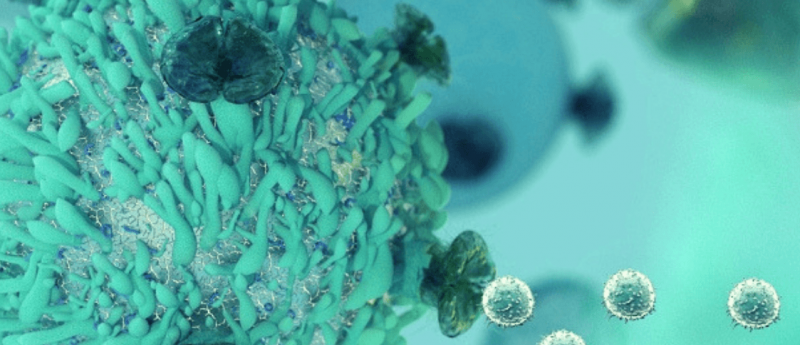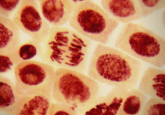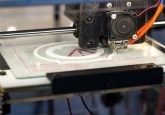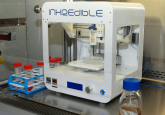Bioprinted cancer model to advance anticancer drugs and treatment strategies

Researchers at the University of Minnesota (MN, USA) have bioprinted an in vitro model capable of isolating specific metastatic cells, which could reportedly revolutionize research surrounding anticancer drugs and treatments.
A paper recently published in Advanced Materials describes a technique for the printing of in vitro models for the study of isolated metastatic cancer cells. The team report a difference in behavior of the cells in a 3D soft tissue environment – consistent to what the body is like – as opposed to 2D plastic or glass surfaces.
This platform may be a solution for the improved testing of anticancer drugs and treatments, with the potential for offering personalized care and screening for individual patients.
“This model is more consistent with what the body is like and, therefore, studying the effects of drugs with human cells at this level makes the results more meaningful and predictive of what will happen in the body,” explained Angela Panoskaltsis-Mortari, Vice Chair for Research and Professor in the Department of Pediatrics, Director of the 3D Bioprinting Facility and Member of the Masonic Cancer Center (University of Minnesota Medical School; MN, USA).
“One of the reasons this model is successful is that we are better able to control the environment,” added Fanben Meng, Post-Doctoral Associate in the College of Science and Engineering (University of Minnesota). “We are able to slowly cause the release of the chemical mediators and create a chemical gradient. It gives the cells time to behave in a way that’s similar to what we think happens in the body.”
“All of this is enabled by our custom-built 3D printing technology, which allows us to precisely place clusters of cells and chemical depots in a 3D environment,” said Michael McAlpine, Benjamin Mayhugh Associate Professor of Mechanical Engineering in the College of Science and Engineering (University of Minnesota).
The team reports to have started testing with a focus on lung cancer and melanoma, with the next steps involving more cell types, different cell therapies and the study of cellular interactions.
“Testing anti-cancer drugs and cell therapies are both concepts that the University of Minnesota is world renowned for, and, with this model, we continue to be on the forefront of those innovations,” concluded Daniel Vallera, Professor of Therapeutic Radiology-Radiation Oncology in the Department of Radiation Oncology (University of Minnesota Medical School). “Something like this can yield some very important answers between the relationship of vasculature and drugs because this is modular; you can add elements to it and make it more sophisticated. You can even use the patients’ own tumor cells in this model.”
Sources: Meng F, Meyer CM, Joung D, Vallera DA, McAlpine MC, Panoskaltsis-Mortari A. 3D bioprinted in vitro metastatic models via reconstruction of tumor microenvironments. Adv. Mat. doi: 10.1002/adma.201806899, (Epub ahead of print) (2019); www.eurekalert.org/pub_releases/2019-02/uomm-ur021119.php





